May is such a big month for gardeners. The plants are waking up, flowers begin blooming, and everything’s growing fast. Keep on top of your May gardening tasks with this list of projects, work, considerations, and fun activities to get done this month.
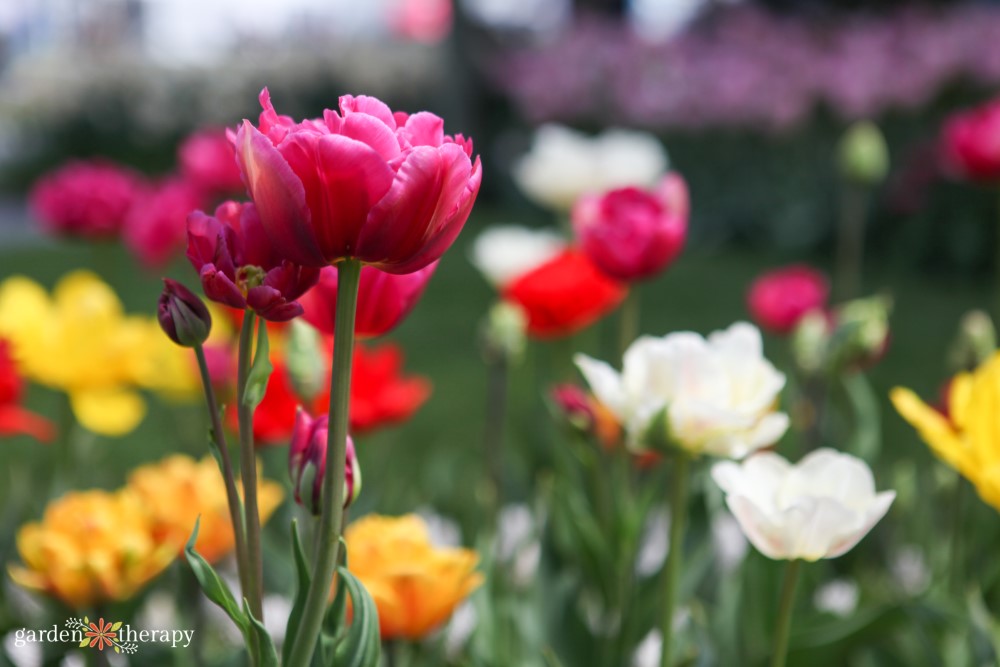
April showers bring May flowers! Or in my case, April, May, and June showers bring July flowers. Regardless of where you live, lots of gardening work gets done in May. Even if there’s still a chance of frost, you’ve probably started some plants indoors or worked outside on those sunny days.
In the spring, we’re busy cleaning up from the fall and winter, starting our next batch of seedlings, and getting the soil and gardening beds ready for plants. You may even already have some cool-season vegetables ready to eat!
If you’re feeling a little overwhelmed by everything you need to get done, here are some of the May gardening tasks I’ll be getting done.
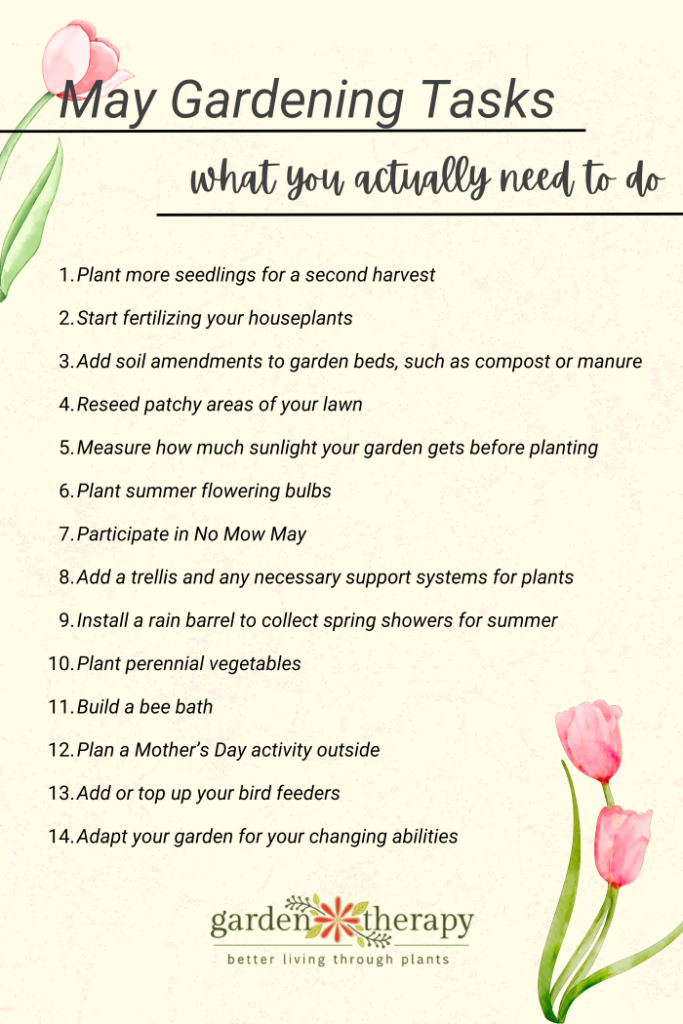
1. Succession Plant
By now, all climates should have done some seed starting indoors, and some warmer climates may have already moved those seedlings outside. Regardless of where you are in your seed starting, now is a great time to start even more!
Succession planting is when you sow your seeds at multiple intervals to spread out your harvest. For instance, you can plant lettuce now, and again in four weeks to have multiple harvests. This can also be done with cut flowers. This way, you’re not scrambling to eat and harvest everything at the same time.
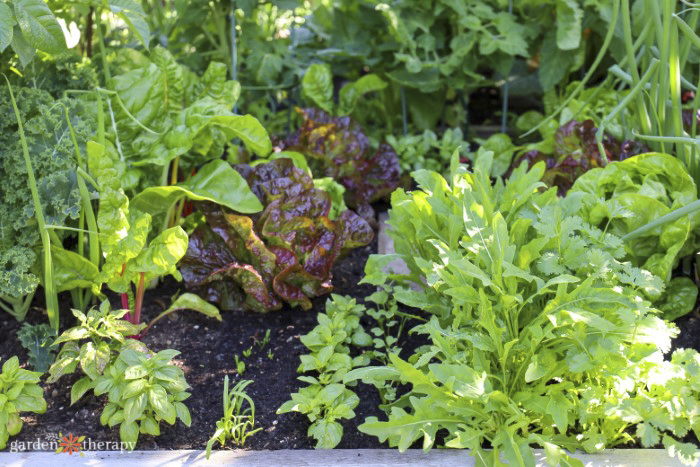
2. Start Fertilizing Your Houseplants
Houseplants should only be fertilized during their growth seasons. Much like plants outside, houseplants will do most of their growth during the spring and summer as the weather warms and the sun stays out longer.
Start fertilizing your houseplants again, applying a liquid fertilizer when watering every few weeks.
3. Amend Soil
Get your soil ready for all the seedlings and new plants you’ll be adding. You can also add amendments to your perennial gardening beds to help them get a nutrient boost and amend it’s structure and pH.
The main soil amendment I add is compost, but there are many others, including manure, green manure, leaf mulch, and fallen plant material.
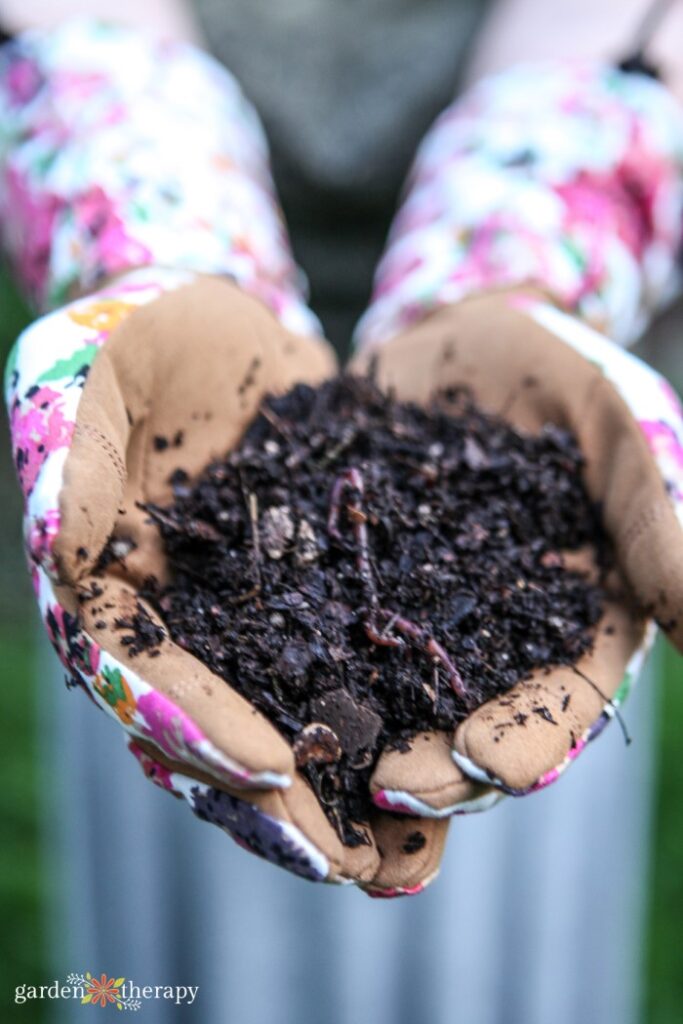
4. Reseed Your Lawn
Do you have patchy areas of your lawn? Or perhaps an alternative lawn that needs it’s yearly top up? Capitalize on the rain and moisture of spring to help germinate lawn seed.
I’ve gone ahead and reseeded my wildflower lawn this spring, raking the seeds into the top soil and covering it with shade cloth so the wind doesn’t scatter the seeds and so wildlife doesn’t munch them all.
5. Sun Map
Every plant has recommendations for how much sunlight it needs, from full sun to shade, direct sun to indirect sun. It can be difficult to know exactly how much sun each area of your garden gets.
Take a day to sun map your garden to determine where and how much sunlight it receives. This will change slightly throughout the season, but it will give you a good starting point for knowing where to plant your plants this year.
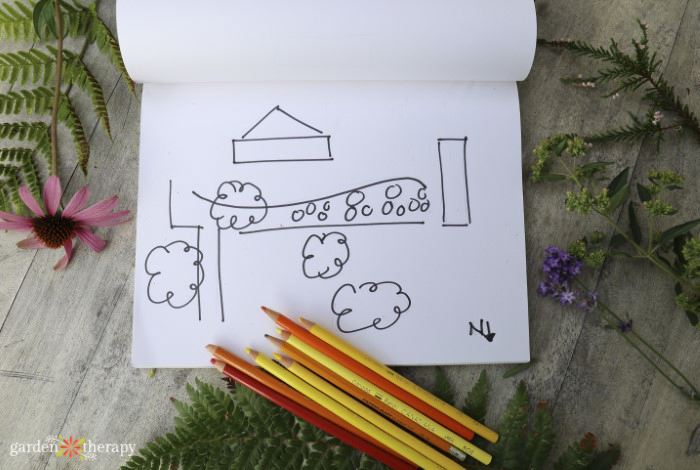
6. Plant Summer Flowering Bulbs
Last month, I told you to place your summer flowering bulb orders. Now it’s time to get planting! Summer flowering bulbs need to be planted in the spring, but many like somewhat warmer soil. They can be planted about 4-6 weeks after your area’s last frost date.
If it’s still a little early, you can get a head start by planting them indoors. Just remember to be careful with how much you water them, since bulbs, corms, and tubers can be prone to rot when in soggy soil.
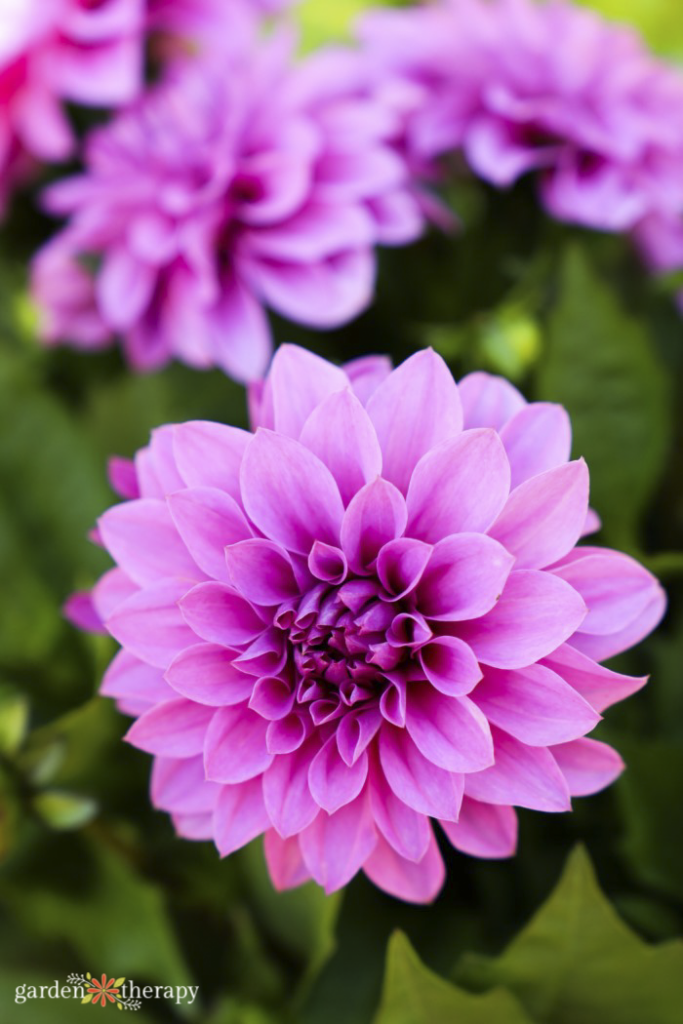
7. Practice No Mow May
When the air warms and the grass turns green and lush once again, it can be tempting to bring out the lawnmower—nothing says summer quite like the smell of freshly cut grass.
However, try to leave your lawn alone and let it continue to grow for No Mow May. This helps early-season pollinators by providing them with a temporary habitat and food source while we wait for more plants and flowers to kick off. This practice also applies to leaving gardening beds alone.
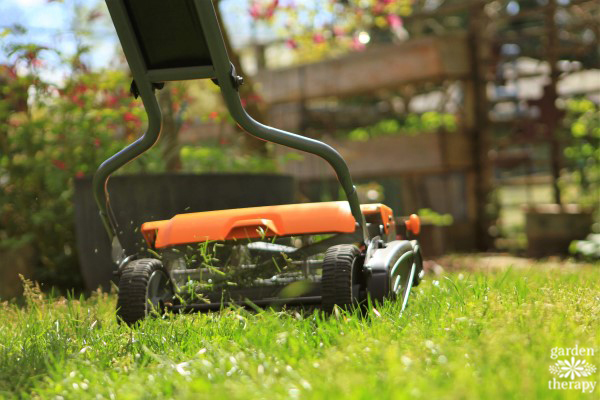
8. Build a Trellis
If you have any vining plants, make sure you have a trellis in place before you plant them. They need support immediately to ensure they’re growing in the right place, and it can be a hassle to install a trellis after they’ve already grown some.
This also extends to other kinds of support, such as tomato cages or peony chairs. Add these support systems while the plants are young so they can easily grow into them.
9. Add a Rain Barrel
We’re so lucky that we barely have to think about watering in the spring. The plentiful moisture from rain and melting snow means that the ground is moist, and our plants are happy.
Take advantage of this moisture by adding a rain barrel or other water conservation systems to your house and garden. Come summer, you’ll have some water ready to use during periods of drought. You’ll be keeping the water that was meant for your garden rather than pumping it back to the city.
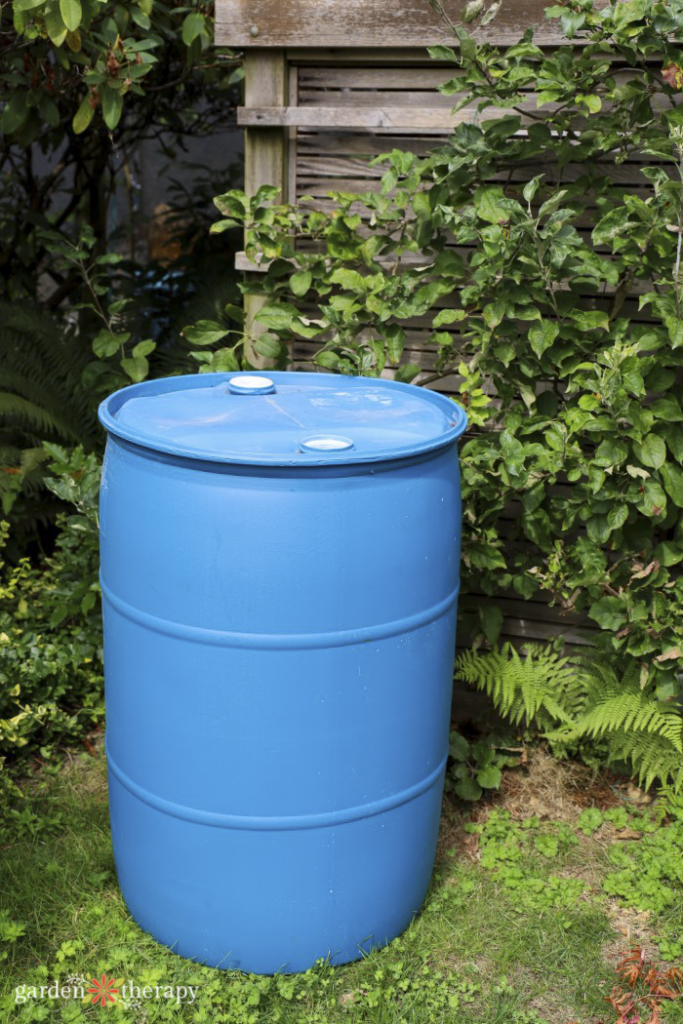
10. Plant Perennial Vegetables
When planting and buying seedlings for your vegetable garden this year, most will be annual vegetables. Consider adding a perennial or vegetable or two this year. Perennial vegetables can take some extra time to mature and be able to harvest, but they’re well worth the time and investment. Plant some this year, and enjoy next year and years to come!

11. Create a Bee Bath
One of my most popular projects for pollinators is this bee bath. Like humans and other wildlife, bees need to drink and collect water. However, due to their small size, it can be difficult for bees to drink from large bodies of water.
A bee bath is a shallow dish of water along with some rocks for bees to rest and safely drink water. Including one in your garden is a great and easy way to help pollinators and other small insects.
12. Plan a Mother’s Day Activity
There’s no greater gift than time spent together. Whether you want to plan an activity with your own mom or mother figure, or you are a mother yourself, enjoy time spent outdoors on Mother’s Day. You can create garden-inspired crafts together, enjoy cut flowers, have a backyard picnic, or enjoy a walk at a local botanical garden.
Mother’s Day can also be a tough holiday for some, so you can also use the healing and soothing benefits of nature to be your friend. Spend the day out working in the dirt or find some peace by making your own meditation garden.
13. Add a Bird Feeder
Do you hear that birdsong? The birds are back from their long vacation down south. As things begin to warm up, help our bird friends by adding a bird feeder to your garden. I like to add and maintain a hummingbird feeder for all the Anna’s hummingbirds here in Vancouver, as well as a suet feeder for all the others.
14. Adapt Your Garden
Another gardening season is beginning, but that doesn’t mean it won’t be the same as the last one. As I’ve gotten older, I’ve started to change certain aspects of my garden to make it easier on my body. In my new house, I’ve prioritized getting around my garden, including changing the steps down from the deck and adding pathways to navigate the yard.
No matter your age or capabilities, think about any struggles you may have had gardening last year and how you could improve the overall experience for yourself this year.
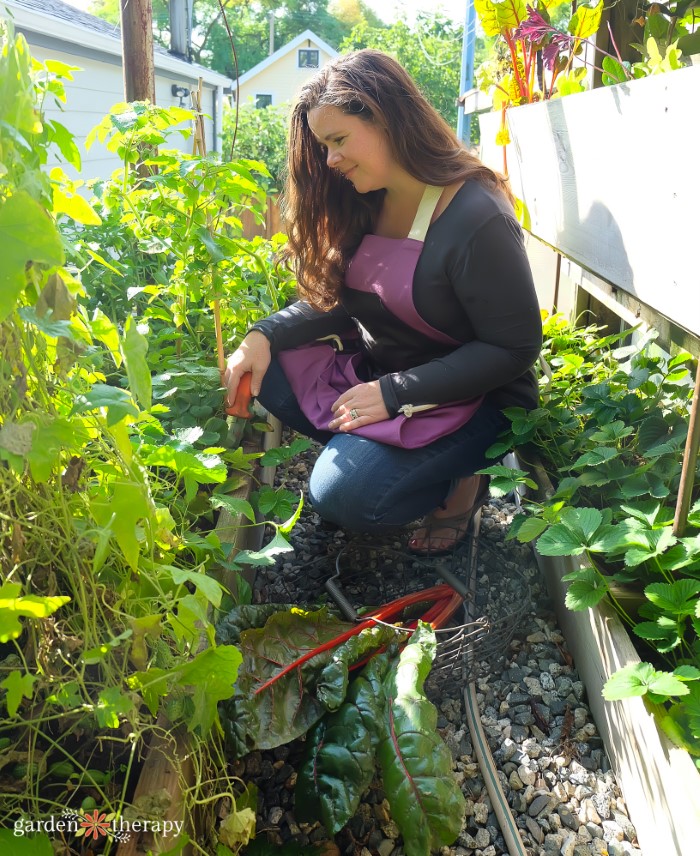
And those are some of the May gardening tasks I’ll be getting done this year! What May gardening jobs will you be prioritizing? Let me know in the comments below.
More May Gardening Ideas
A city girl who learned to garden and it changed everything. Author, artist, Master Gardener. Better living through plants.




